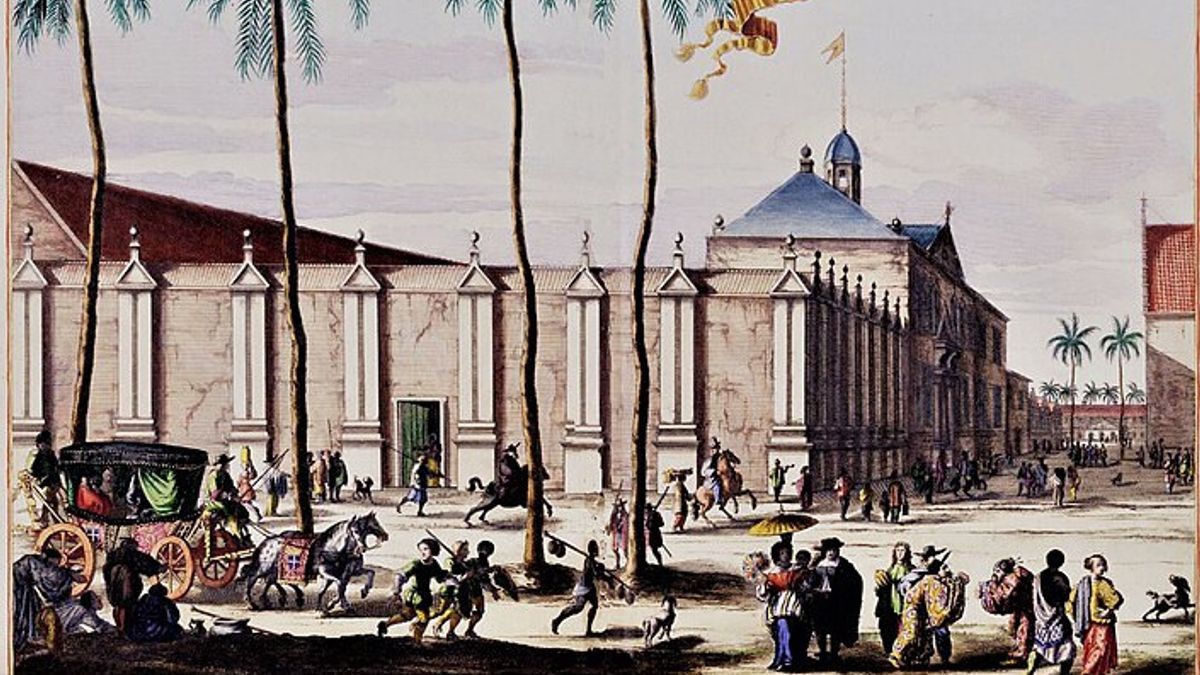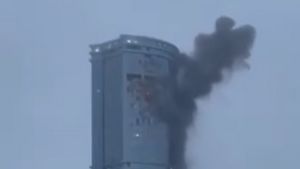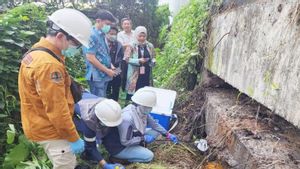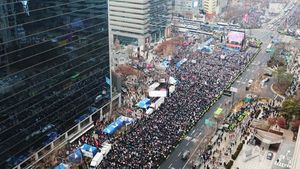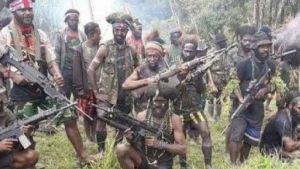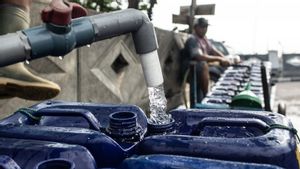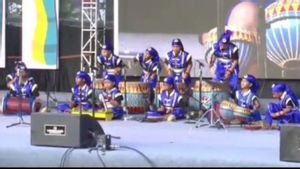YOGYAKARTA - In the history of post-independence in Indonesia there is the term Masa Persiaan. This term was used by the Dutch to refer to the dark period due to violence against Europeans in the country. As an insight into history, it is important to listen to the Dutch irony in the Period of Preparedness.
The period of preparation is a dark period in Indonesia's history which took place between 1945 and 1946, right after the Proclamation of Indonesian Independence on August 17, 1945. Even though Japan has surrendered, the Dutch and their allies have not fully accepted Indonesia's independence.
This time is known as one of the most brutal times in Indonesian history. The Netherlands described the Age of Preparedness as a terrible and gripping mass movement because dozens of people were killed. The victims flew not only from the Dutch, but also the roles of Indo-Europe, China, to ethnic maluku in Java.
This tragic event shows that Indonesia is still experiencing socio-political turmoil and has not yet been completely free from colonialism despite its proclamation of independence. So what is the history of Dutch irony like in Preparedness?
The period of preparation took place after Indonesia declared its independence on August 17, 1945. The Netherlands was reluctant to accept Indonesia's independence even though Japan had surrendered from allies.
The Dutch colonial government felt that it still had the right to Indonesia and tried to take power again. In October 1945, the Dutch government attempted to regain control of Indonesia by placing Lieutenant Governor General Huib van Mook in Batavia (Jakarta).
The Dutch desire to regain control of Indonesia sparked anger and hatred among indigenous peoples. The indigenous group calling itself Pemoeda or Pioneer then carried out attacks on Dutch people, descendants of Europe, and parties deemed to support colonialism.
Initially, this violent act took place in Depok, precisely in an area known as Dutch settlements and descendants of Indo-Europeans. However, riots and chaos during the Preparedness Period then spread to various other areas in Java and a small part of Sumatra.
The period of preparation is considered to have taken place since Japan surrendered to the Allies from 1945 to the Netherlands recognizing the sovereignty of the Republic of Indonesia on December 27, 1949. Therefore, several historical sources stated that the Preparity Period occurred between 1945-1946 or 1945-1947. However, there are also historical records that state that this period lasts from 1945 to 1949 or even until 1950.
One of the biggest ironys of this time is the involvement of the Dutch who were supposed to withdraw from their old colonial territory. However, the Dutch returned with military power to re-enforce their colonial rule.
This situation sparked great tension which was later known as Masa of Preparedness. The term "Seaman of Preparedness" literally means a period of preparedness for the Indonesian people who are struggling to defend independence.
The period of preparation is a period full of terror, chaos, and violence sparked by anger and indigenous desire to take revenge against Dutch colonialism. It was noted that during the Preparedness Period there were around 3,500 to 20,000 people who died as a result of the riots, chaos, and looting that occurred.
The Period of Preparedness began on October 7, 1945 with the actions of Indonesian youths trying to prevent traders from selling basic necessities to the Dutch.
On that same day, the house of Assistant Wedana in Depok was looted. Two days later, the Depok area was captured by Pemoeda and five houses there were looted. The following day, food storage buildings in Depok were invaded by a number of homeless people.
On October 11, 1945, the Period of Preparedness conflict continued with attacks from the People's Security Army (TKR) against the Netherlands. This attack incident is known as Gedoran.
The riots continued on October 13, 1945, when a group of people attacked the Netherlands and killed 10 people. Europeans and Indo people were then gathered behind the Depok Stadium and taken into custody.
The ethnic Ambon and Manado were also subjected to violence because they were considered in collaboration with the Dutch government and military during the colonial period.
SEE ALSO:
Violence that occurred during the Preparedness Period began to subside in 1946, along with the start of the Dutch Military Aggression I in July 1947.
That is a review of the Dutch irony in the Period of Preparement which is one of the important notes in Indonesian history. The Period of Preparedness is often referred to as a massacre or genocide against the Dutch. Also read the VOC prohibiting indigenous people from living in Batavia.
Stay up to date with the latest domestic and other overseas news on VOI. We present the latest and updated information nationally and internationally.
The English, Chinese, Japanese, Arabic, and French versions are automatically generated by the AI. So there may still be inaccuracies in translating, please always see Indonesian as our main language. (system supported by DigitalSiber.id)
